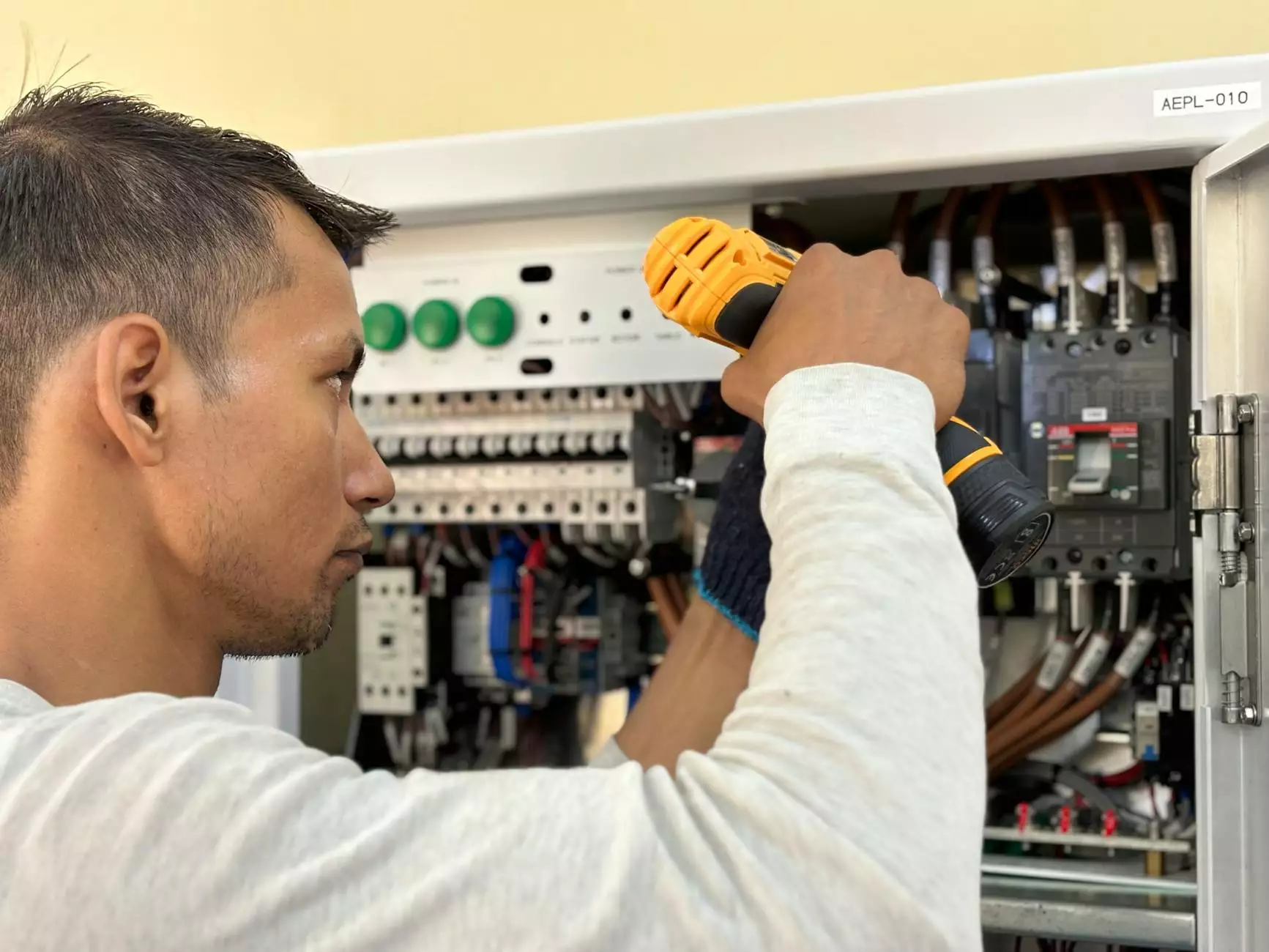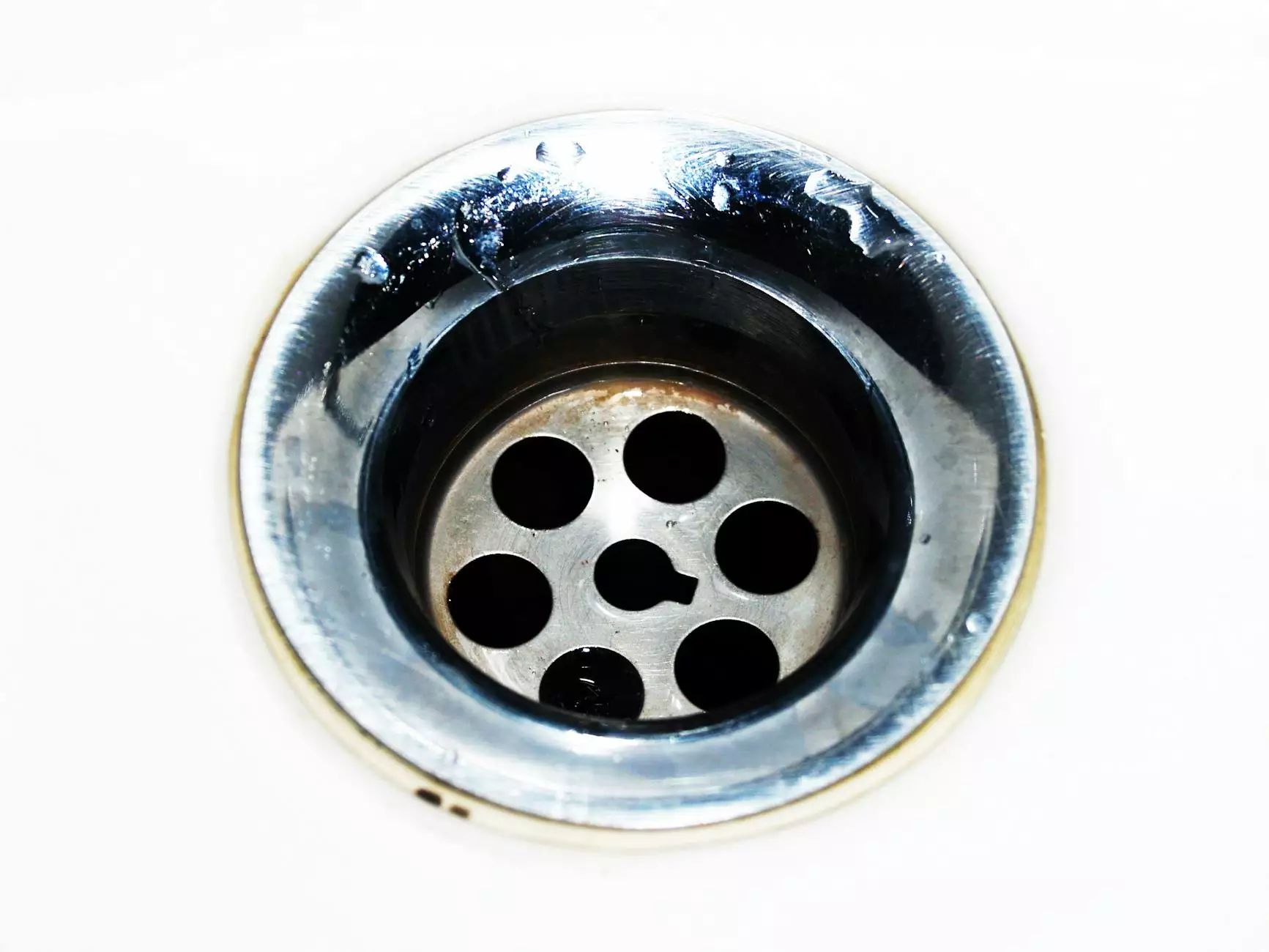The Braking System in Cars: An Essential Overview for Safety and Performance

The braking system in cars is one of the most critical components for ensuring safety and performance on the road. In this comprehensive guide, we will delve into the mechanics of car brakes, explore the various types of braking systems, discuss their essential functions, and touch on the importance of regular maintenance. Whether you are a car enthusiast, a mechanic, or simply a car owner, understanding the braking system can significantly enhance your driving experience and safety.
Understanding the Braking System
The braking system in cars is designed to slow down or stop the vehicle safely. It works by converting kinetic energy into thermal energy through friction, which is managed by various components working together. The main components of a typical braking system include:
- Brake Pedal - The interface through which the driver engages the brakes.
- Brake Booster - Amplifies the force applied to the brake pedal.
- Master Cylinder - Converts the mechanical force from the brake pedal into hydraulic pressure.
- Brake Lines - Carry hydraulic fluid to the brake calipers.
- Brake Calipers - Clamp down on the brake pads against the rotors to create friction.
- Brake Pads - Provide the friction material that establishes contact with the rotors.
- Brake Rotors - Flat discs that rotate with the wheels and work with brake pads to slow down the vehicle.
Types of Braking Systems
There are several types of braking systems employed in modern vehicles. The two most common types include:
1. Disc Brakes
Disc brakes are the most prevalent type in modern vehicles. They consist of a rotor (disc) that rotates with the wheel and a caliper that houses the brake pads. When the brake pedal is pressed, hydraulic fluid pushes the calipers, causing the brake pads to clamp down on the rotor. This interaction creates the necessary friction to slow down or stop the vehicle.
2. Drum Brakes
Drum brakes, though less common in newer vehicles, are still present in some models, particularly in older cars and some rear brakes. They feature a cylindrical drum that rotates with the wheel. Inside the drum are brake shoes that expand outward against the drum's inner surface when the brake is activated, creating friction and slowing the car down.
How the Braking System Works
The operation of the braking system in cars involves several physical principles, mainly hydraulics and friction. Here’s a simplified breakdown of the process:
- A driver presses the brake pedal.
- The motion of the pedal pushes the brake booster, if equipped, to amplify the force.
- This amplifies the force pushes a piston in the master cylinder, transferring hydraulic fluid through the brake lines.
- The hydraulic fluid flows into brake calipers (in disc brakes) or expands brake shoes (in drum brakes).
- The brake pads or shoes create friction against the rotors or drums, slowing their rotation.
- The car slows down or comes to a complete stop.
Importance of a Well-Maintained Braking System
Ensuring the proper functionality of the braking system in cars is crucial for several reasons:
- Safety - A well-maintained braking system significantly reduces the risk of accidents by ensuring reliable stopping power.
- Performance - Brakes that operate smoothly contribute to better overall vehicle performance.
- Cost Efficiency - Timely maintenance can prevent more extensive and expensive repairs down the line.
- Peace of Mind - Knowing that your brakes are in good working condition allows for a more enjoyable driving experience.
Signs of Brake Problems
Being aware of potential issues within your braking system is vital. Some common signs indicating a need for maintenance include:
- Squeaking or Grinding Noises - This typically indicates worn brake pads or shoes.
- Vibration or Pulsation - If you feel vibrations when braking, it could mean warped rotors.
- Soft or Spongy Brake Pedal - This could indicate air in the brake lines or low brake fluid levels.
- Pulling to One Side - If the car pulls left or right when braking, it might indicate a problem with the brake calipers or uneven brake wear.
- Warning Light - Many cars have a dashboard warning light that indicates brake system issues.
Maintaining Your Braking System
Proper maintenance of your braking system in cars involves several key practices:
- Regular Inspections - Have your brakes inspected at least once a year or according to your vehicle's maintenance schedule.
- Brake Fluid Checks - Regularly check the brake fluid level and replace it according to the manufacturer's recommendations.
- Replacing Brake Pads - Change brake pads before they are worn down completely to avoid damaging rotors.
- Rotor Resurfacing - If rotors are worn or warped, resurfacing them can restore effectiveness.
- Addressing Issues Promptly - Never ignore warning signs; address any brake issues immediately to ensure safety.
Conclusion
In conclusion, the braking system in cars is a complex yet essential feature that requires thorough understanding and regular maintenance. As a car owner or enthusiast, investment in knowledge about this vital system can lead to enhanced safety, improved performance, and cost savings in vehicle maintenance. Always prioritize your braking system's functionality to ensure a safe driving experience. For quality auto parts and supplies to keep your braking system and other components in top shape, visit imautoparts.com.
Frequently Asked Questions (FAQs)
1. How often should I replace my brake pads?
Brake pads typically should be replaced every 30,000 to 70,000 miles, but it depends on driving habits and the material of the pads.
2. What is the average cost of brake service?
The cost of brake service can vary but typically ranges from $150 to $500, depending on whether you need new pads, rotors, or calipers.
3. Can I replace my brake pads myself?
Yes, with the right tools and knowledge, you can replace brake pads yourself. However, if you are unsure, it is best to seek professional help.
4. What type of brake fluid should I use?
It is vital to use the brake fluid recommended by your vehicle manufacturer, usually found in the owner’s manual.
5. How can I tell if I have a brake fluid leak?
Look for fluid spots underneath your car, check for a lower-than-normal brake fluid level, and monitor your brake pedal's response during driving.









